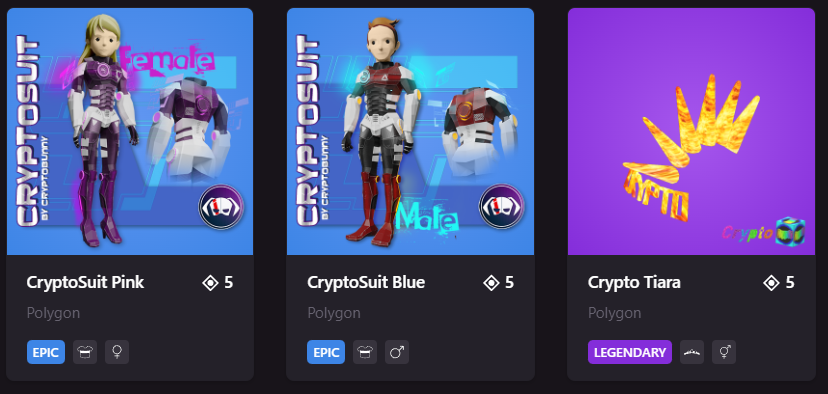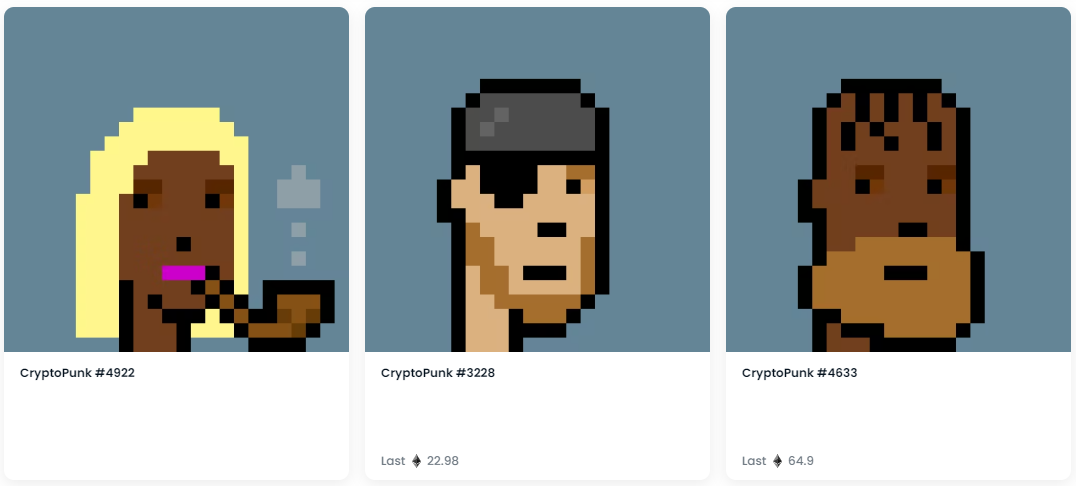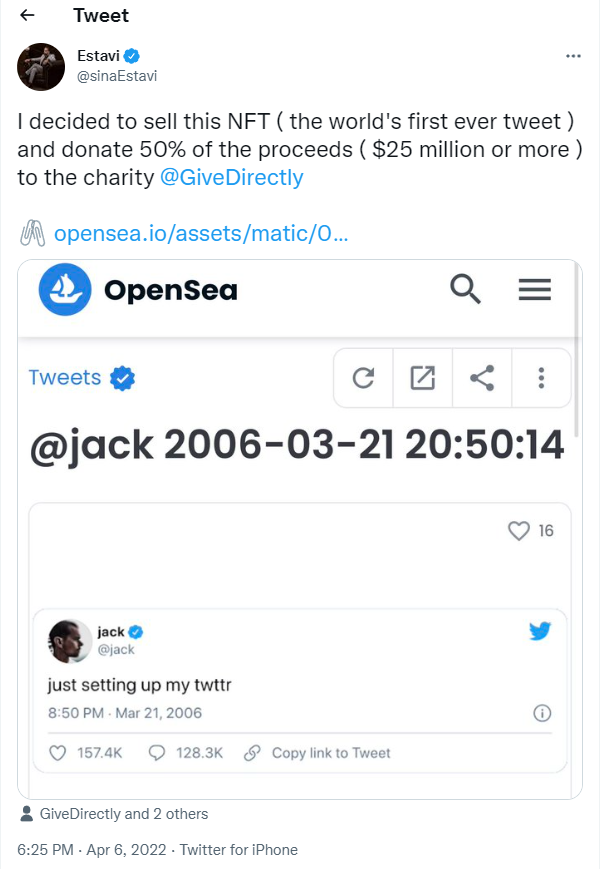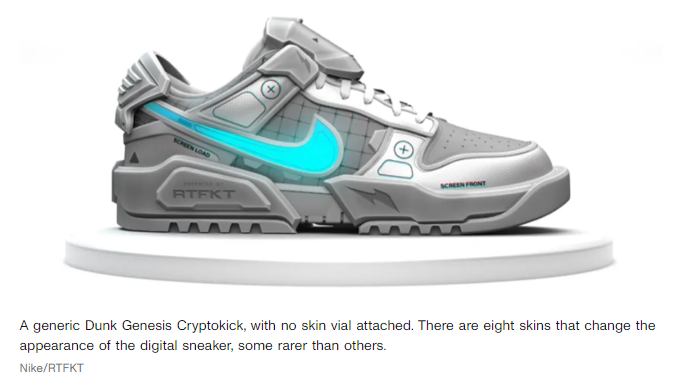Physical Address
304 North Cardinal St.
Dorchester Center, MA 02124
Physical Address
304 North Cardinal St.
Dorchester Center, MA 02124

If you’re reading this, you probably want to know more about the NFT space. Here are some basics that will get you started:
-NFTs are digital tokens that each have their own unique identifier or digital signatures.
-This makes them perfect for tokenizing assets and exchanging value, as each unit has a specific meaning and can’t be easily copied or counterfeited.
-The most popular use of NFTs so far is in video games, but they are also used to represent collectibles, such as figurines or art pieces, and virtual items.
-In theory, any kind of asset could be tokenized using NFT technology.
An NFT is a nonfungible token that represents something unique and cannot be replaced by another identical item. NFTs are stored on a blockchain, which is a digital ledger that records transactions and proof of ownership.
Because they are stored on a blockchain, NFTs can be bought, sold, or traded like any other cryptocurrency. However, unlike other cryptocurrencies, NFTs cannot be divided into smaller units.
This makes them ideal for representing items such as art, music, or video games that are not interchangeable. While the concept of an NFT may seem confusing at first, it is quickly becoming one of the most popular aspects of the digital world.
NFTs and cryptocurrency might both be built on blockchain technology, but that’s about where the similarities end.
Cryptocurrency is a decentralized digital currency, while NFTs are digital assets that can’t be replicated or exchanged for other assets.
In other words, cryptocurrency is meant to be used as a medium of exchange, while NFTs are unique “tokens” that represent something else entirely. Whether that’s physical objects or digital content.
So what exactly can NFTs represent? Just about anything, really. They’ve been used to represent everything from digital art and collectibles to in-game items and real estate. And because they’re all stored on the blockchain, they can be bought, sold, or traded just like any other asset.
The bottom line? If you’re looking for a way to use blockchain technology to represent something of value, an NFT might be the way to go.
But if you’re looking for a new currency to use for transactions, you’ll want to stick with cryptocurrency.
NFTs have many different uses, the most popular of which is in games. Games that use NFTs include CryptoKitties, Decentraland, and Etheremon. In these games, players can use NFTs to collect and trade digital assets. This allows players to move their assets between games without having to worry about losing them.
Another popular use case for NFTs is in art. Artists can create digital artworks and then sell it as an NFT. This allows buyers to own a piece of digital art that they can display on their computer or phone.
This hasn’t always been sunshine and rainbows, just like any other technology in its infancy there have been massive issues and scams.
The NFT market grew dramatically from 2020–2021: the trading of NFTs in 2021 increased to more than $17 billion, up by 21,000% over 2020’s total of $82 million. (en.wikipedia.org)
One of the post popular NFT trading sites estimated that over 80 percent of the artwork minted using its free tool were “plagiarized works, fake collections, and spam.” (theverge.com)
The market is in its infancy and one must take all necessary action to protect themselves. As it matures, just like other industries, with trusted partners and systems stable, and people become aware of how to navigate the system, these vulnerabilities will decrease.
Finally, NFTs are also used to tokenize physical assets. For example, you could tokenize your car and then sell it as an NFT. This would allow you to sell your car without having to transfer the physical asset.
NFTs have a few key benefits that make them attractive to both buyers and sellers. First, NFTs are stored on a blockchain, which makes them secure and immutable. This means that once an NFT is created, it cannot be changed or deleted.
Second, NFTs are easily transferable. This means that you can buy an NFT from one person and then sell it to another person without having to go through a third party just using your digital wallet. This makes buying and selling NFTs much easier than buying and selling traditional assets.
| Pros | Cons | |
| NFTs | Marketplace Efficiency Royalties -(Artists & Musicians) Immutable Fractional Buying Accessibility | Illiquid and Volatile Fraud / Scams Environmental Cost Value is not certain No control |
| Cryptocurrency | High Rewards Inherently secure Decentralized Accessible to all Anonymity | Extremely Volatile Steep learning curve Fraud / Scams -newbies Regulatory restrictions Can be hacked |
Finally, NFTs can represent anything that can be digitalized. This means that there is a huge potential market for NFTs.

The most common type of NFT is a token. Tokens are basically just a string of characters that represent some kind of digital asset. They can be used to pay for goods and services online as mentioned previously, or they can be traded between users for digital collectibles.
Here are some exchanges for NFTs:
– Decentraland
– MLB Crypto Baseball
– Gods Unchained
-Hashmasks
Cryptopunks was one of the first NFTs created and is still one of the most popular.

Cryptopunks are digital collectibles that were minted back in 2017. There are only a total of ten thousand cryptopunks, and each one is unique.
So far millions of dollars have flowed through these exchanges for highly prized speculative assets.
There is also the downside of the NFT market, where values can plummet to zero overnight.
Case in point, Jack Dorsey created his own NFT from one of his first-ever Twitter posts it sold on exchanges for $2.9 million to Sina Estavi an Iranian entrepreneur.

To argue a point, Jack’s tweet is historic in its own right, due the massive success of Twitter. However, as of this writing you can pick it up for just over a tenth of an ETH, about $142.
Hmmm, that’s got to hurt!
NFTs have the potential to revolutionize the way we interact with digital products and services. For example, they could be used to create unique digital experiences that cannot be replicated or copied.
The digital objects of an NFT may be duplicated as easily as dragging and dropping a jpeg onto your desktop, but the important thing to realize is that they are permanent within the blockchain. It’s like a painting from Van Gogh, anyone can own a copy of the artwork, but only one original physical artwork exists.
As well, that same artwork could be tokenized and there could be thousands of owners who hold the NFT token.
In a world where more and more of our interactions are taking place online, NFTs could help to create a new level of connection and engagement with not only digital but real-world items.
As the technology continues to evolve, it is likely that NFTs will become an increasingly important part of the digital landscape.
With businesses, the opportunities afforded by NFTs are numerous and varied. From product promotion and engagement to deliver exclusive content and experiences, there’s an NFT solution for just about every business need.
For example, businesses could use NFTs to create loyalty programs that give customers ownership of rewards that can be redeemed for discount codes or other perks. NFTs could also be used to create limited-edition products or experiences that can be sold at a premium.
Or, businesses could use NFTs to sell digital products and services, such as e-books or online courses. NFTs could even be used to design new business models, such as subscription-based services or pay-per-use applications.
And with the ecosystem still in its early stages, there’s plenty of room for experimentation and innovation. So if you’re looking for a way to take your business to the next level, consider integrating NFTs into your operations. With the right strategy, they could help you achieve success like never before.
NFTs have begun to gain traction with brands as a way to create new and innovative experiences for customers. For example, Nike recently filed a patent for ‘CryptoKicks‘ – a system that would allow customers to purchase and trade digital sneakers. The sneakers would be stored on a blockchain and each pair would be unique.

In March, Burger King released an NFT-based game called “Whoppercoin.” Players could earn Whoppercoins by completing tasks such as watching ads or sharing content on social media. The coins could then be redeemed for free burgers at participating restaurants.
As the technology continues to evolve, it is likely that we will see even more brands experiment with NFTs in the near future.
NFTs are a relatively new technology that has tremendous potential for businesses, and consumers alike. They have already begun to be used by brands to create unique experiences for customers, and as the technology continues to evolve, this is likely to become even more common.
NFTs offer a way for businesses to take their operations to the next level, and for consumers to engage with digital products and services in a new and exciting way.
A digital artist will now have a way of managing the economics of their assets with NFTs to control the intellectual property rights.
So if you’re looking for a way to stand out from the competition, consider integrating NFTs into your operations. With the right strategy, they could help you achieve success like never before.
Thank you for reading! I hope this has given you a better understanding